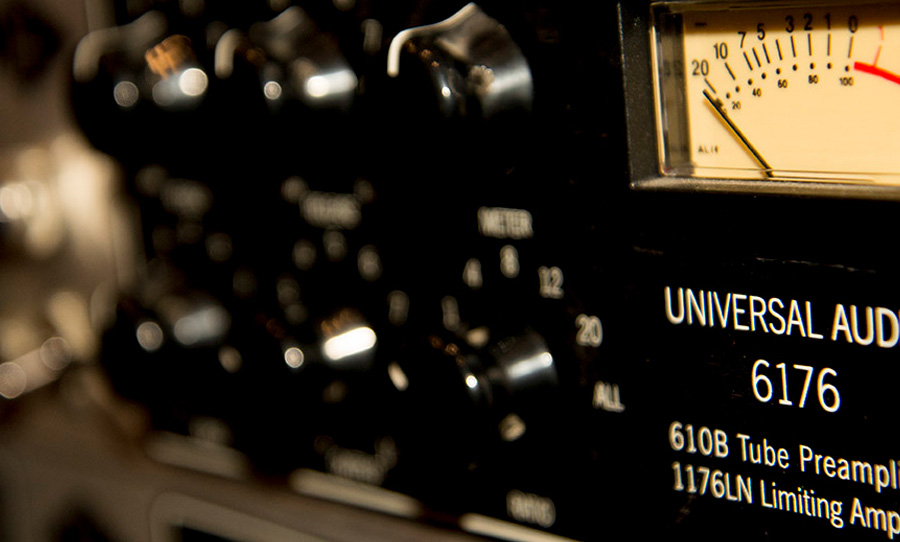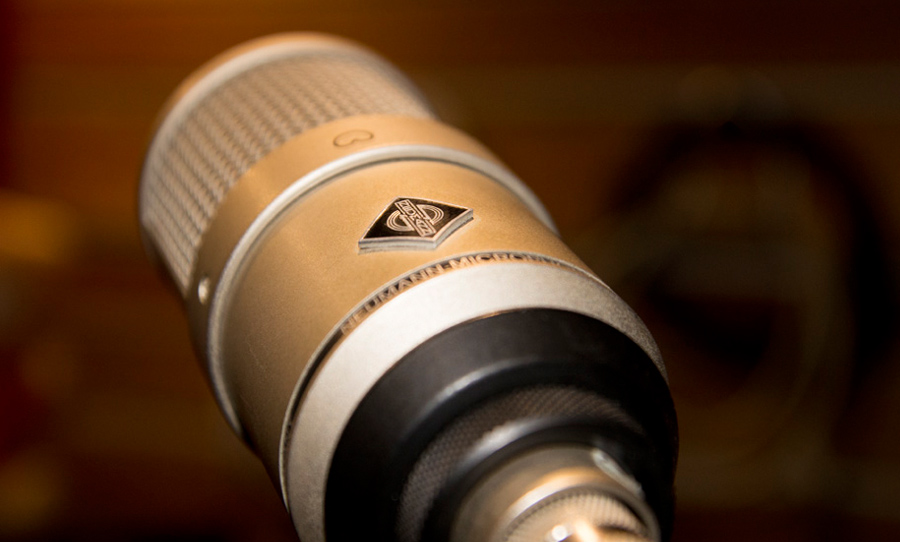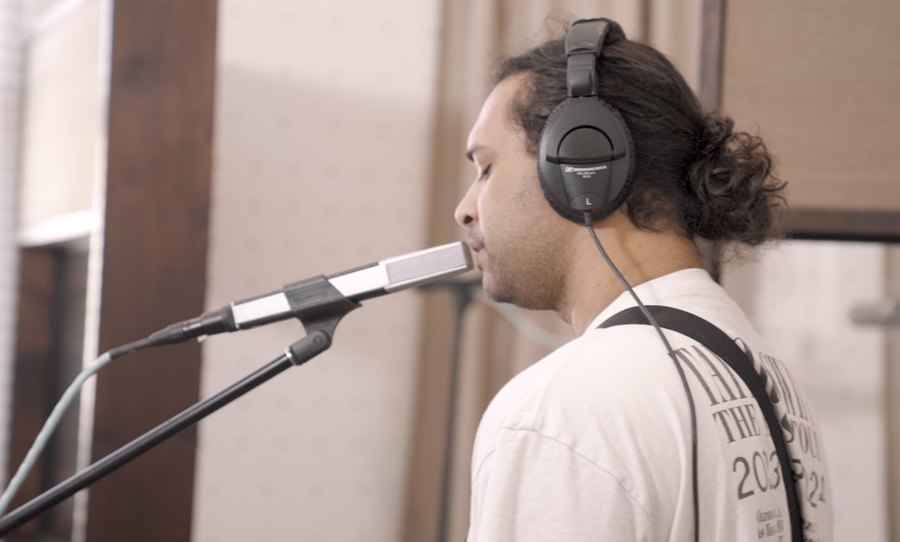Vocal recording chains can be as varied and characterful as the singers that step up to the microphone. Read on for a closer look at four tools for enhancing a performance.
Electric guitar players will often possess varying degrees of dedication in creating effects chains. Some may prefer minimal variation between guitar and amp – others may invest a huge amount of thought crafting a broad palette of effects to create a trademark tonal signature. The same amount of care should go into a vocal recording session.
The listener may not be aware that the same kind of considerations may have taken place in the production of a vocal sound. Guitar effects are usually unmistakable, but a vocal performance that can seem perfectly clear and “natural” may have been transformed by a swathe of subtle sound processing elements.
Join us as we take a closer look at the options – from the delicately nuanced to the less than subtle – that are available to us when we create vocal chains.

The Special Source
Anyone who has spent even a small amount of time recording would know that not all microphones are created equal. Considering the fact that our ears are attuned to identifying particular vocal characteristics, the differences between microphones become all the more apparent when tracking voices.
All microphones respond differently to sounds across the frequency spectrum. A large-diaphragm condenser, like the Neumann M 147 exhibits a slight boost from about 2kHz to 7kHz, then another, from approximately 9kHz to 12kHz.
As a result, a subtle kind of EQ is imparted on the voice directly from the microphone which accentuates high-end detail, creating an intimate relationship between the singer and listener.
A popular dynamic choice for vocals is the Shure SM7B. While this model displays some presence in those top-end frequencies, it is not as exaggerated as a large-diaphragm condenser and won’t offer up the same level of clarity in the vocal range.
Of course, these are considerations of taste and don’t take into account the dynamics of a performance. Nevertheless, understanding the capabilities of that most crucial piece of front-end gear will have a massive impact on informing the character of the voice.
Preamp Flavours
The analog console that is used (if at all) forms the centrepiece of most studios. At the top of the console channel strip resides the microphone preamp – essentially a component for adding gain to a weak microphone signal and sending it on to the next phase of processing.
Now that large format desks are going the way of the dinosaur (except for those with deep pockets and lots of room), analog preamps are being built to fit into modular setups and are offered in increasingly diverse flavours.
Tube-based preamps like the ones that feature in the Universal Audio 6176 give up warmth and subtle harmonic fuzziness. Solid-state options like the Phoenix DRS-8 are more transparent in nature, but with discrete circuits for input and output gain, a world of crunch can be accessed with the twist of a couple of knobs.

Compression Session
Compressing a vocal signal before it hits the analog to digital converter is a matter that can divide opinion. A certain approach to commitment is required when applying compression to a vocal on the way into a DAW, as it cannot be undone once it’s “printed” onto a track.
The compressor’s main job is to keep a lid on things, but that of course is to dismiss the multitude of ways that compression can shape a tone. When dealing with the more predictable transients that are offered up by drum hits, for example, compression will yield more predictable results. Attack and release times can be set with a higher degree of exactitude, ratios can be applied with precision to match solid kick and snare backbeats.
Vocal delivery presents an entirely different scope of erratic transients, envelope lengths and thus, compressing a vocal take is a little more technically fraught. The potential, however, is the capturing of a vocal that subtly shapes peaks with appropriate threshold and ratio settings, while injecting life and rhythmic movement with astute attack and release times.
The EQ Stage
Like compression, having an EQ on the vocal chain can cause nervous angst among recording engineers: once the sounds are baked in, there’s no undo button. There is also the oft-cited technique of reaching for a different microphone instead of reaching for the EQ knob.
Examining the microphone choice is no doubt solid engineering practice, yet that applies more to a corrective EQ situation. If the sound is already good, EQ might just be the tool needed to elevate the tone from solid to spectacular.
And much like a microphone, the selection of an EQ will depend on the engineer’s knowledge of that particular unit. If the sound of a microphone gives up a sufficient amount of character, but needs a little more sparkle, adding a high shelf above 10kHz might be just the thing to achieve it. If the voice feels like too resonant in the low-mids, a slight dip from 300-500 Hz could lend the tone a little more clarity.
Some of the most memorable vocal sounds on record seem to place you right in the room with the artist. Yet, it’s important to realise that microphones don’t “hear” like our ears – the impression of reality needs to be recreated by sound processing tools.
The microphone is an obvious place to start, yet considering the place of preamps, compression and EQ in the vocal chain deserves deep exploration in the quest for an inspired vocal tone.



